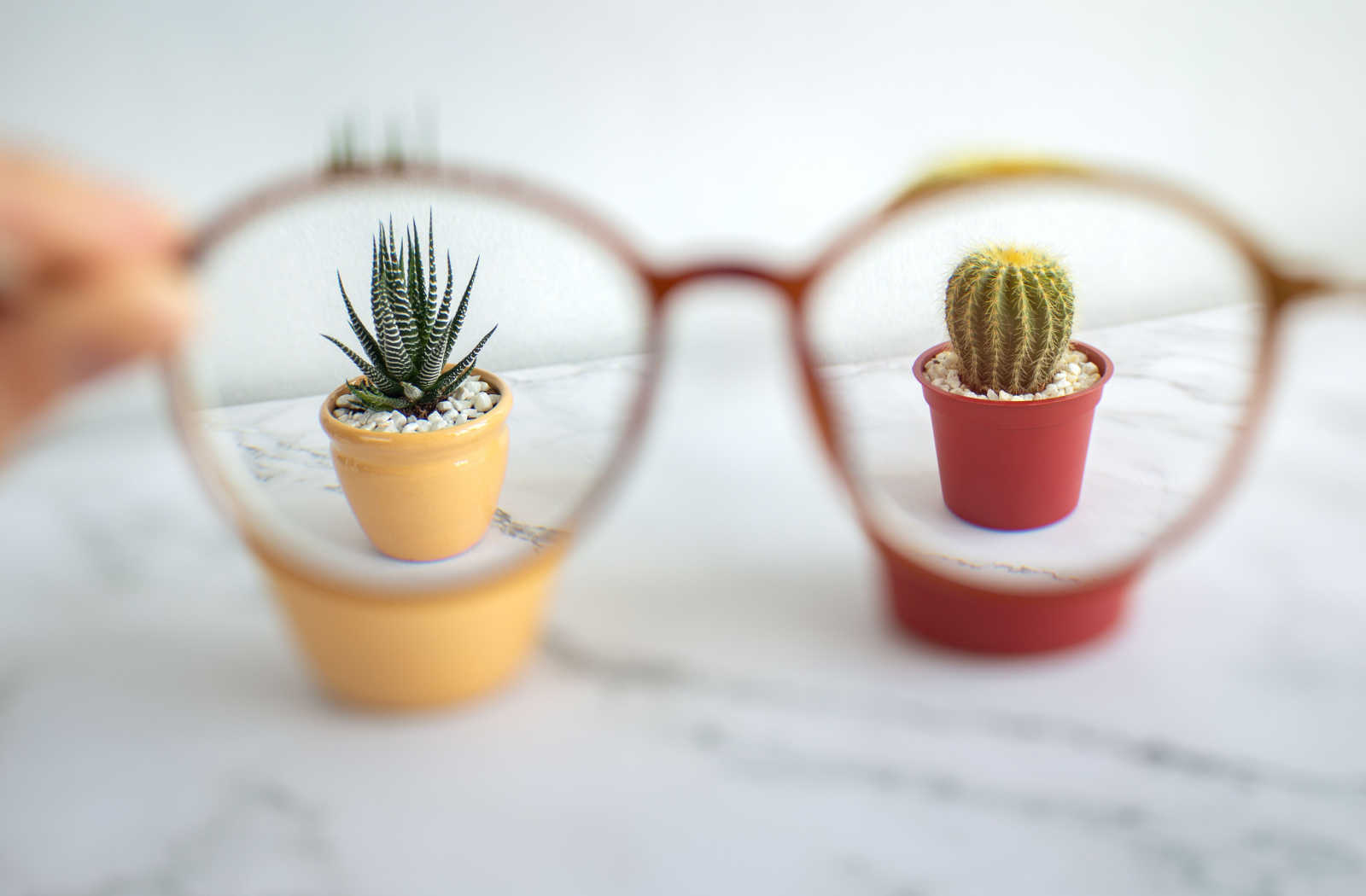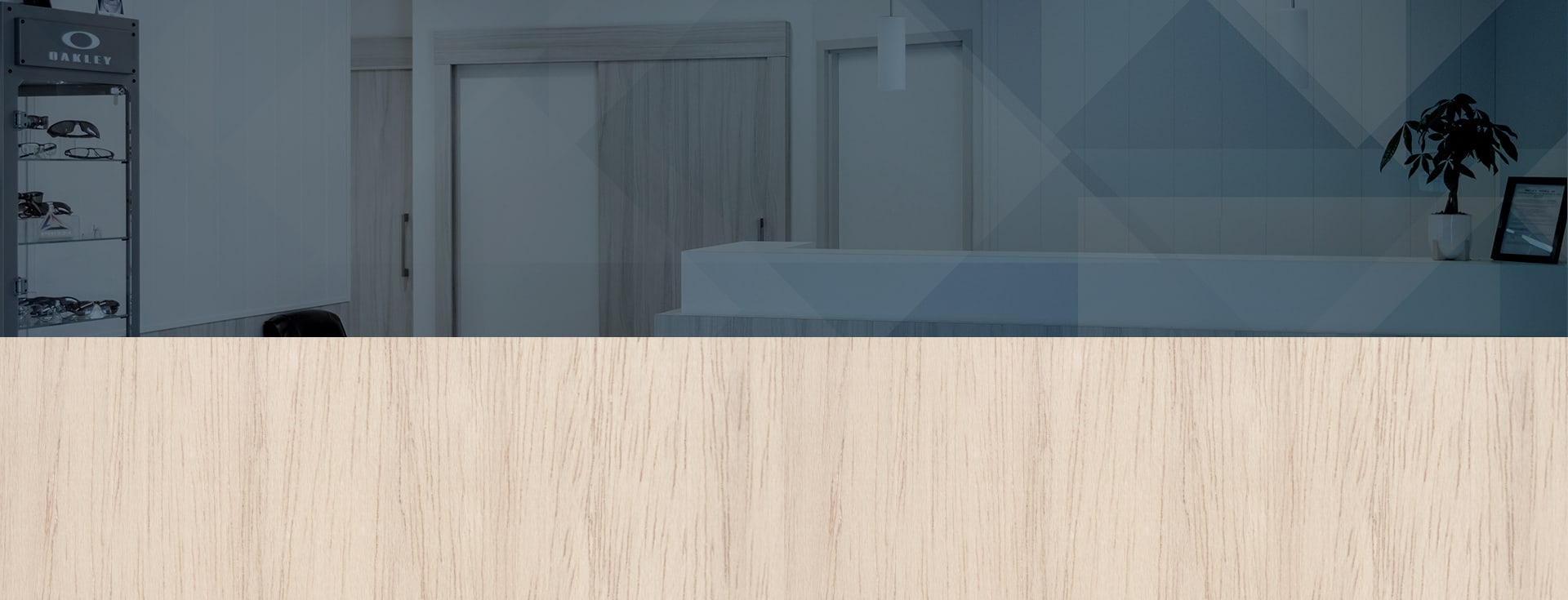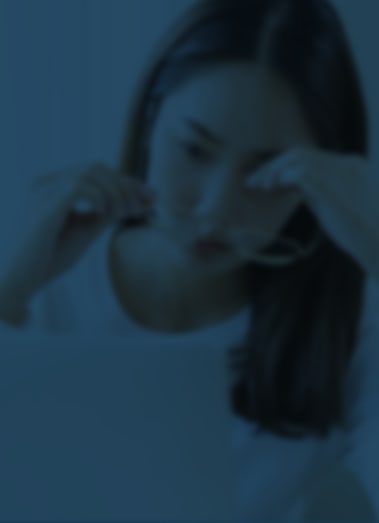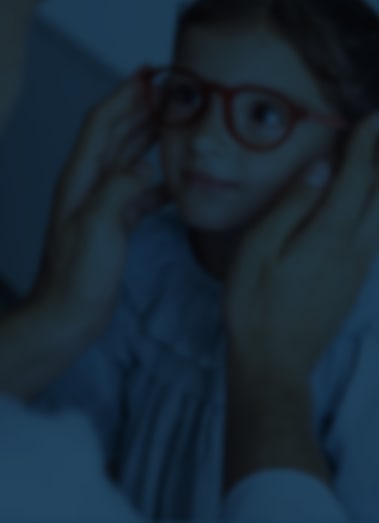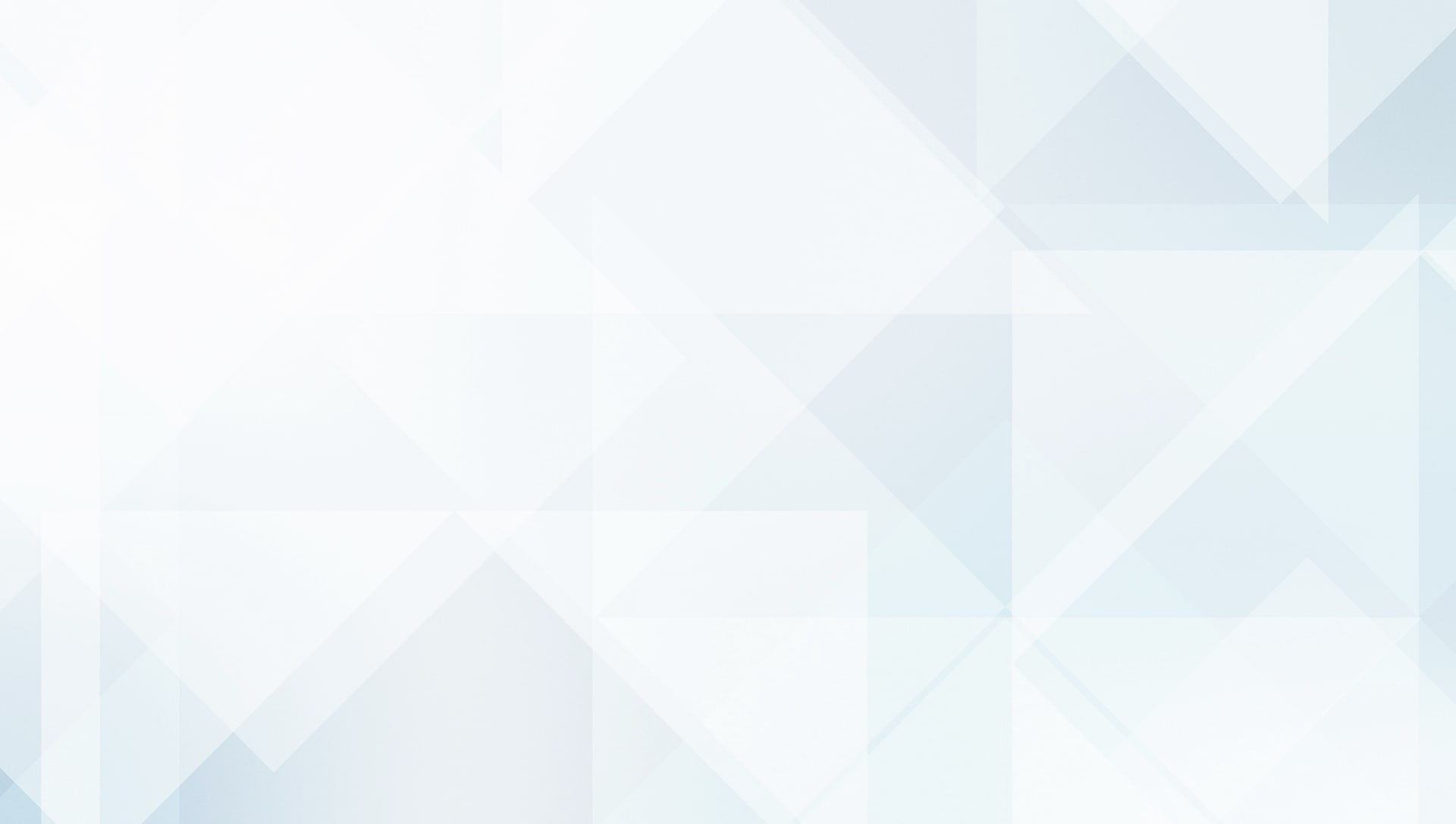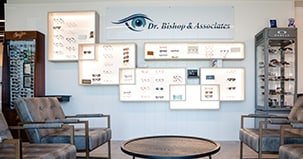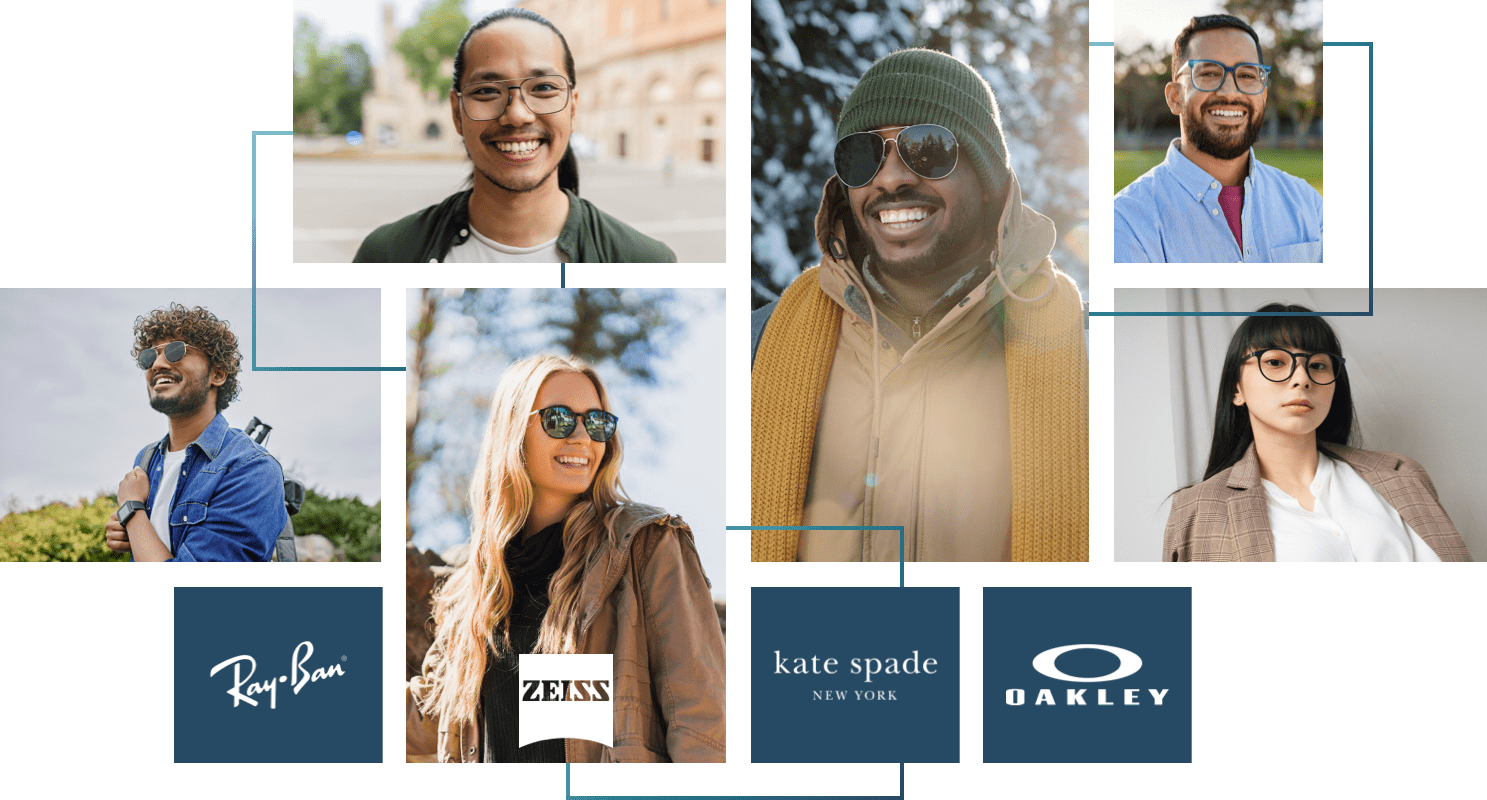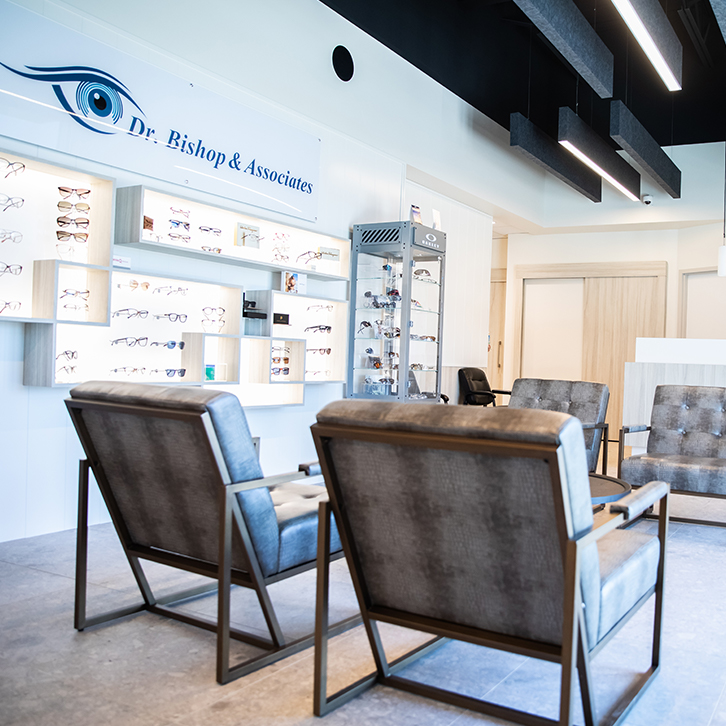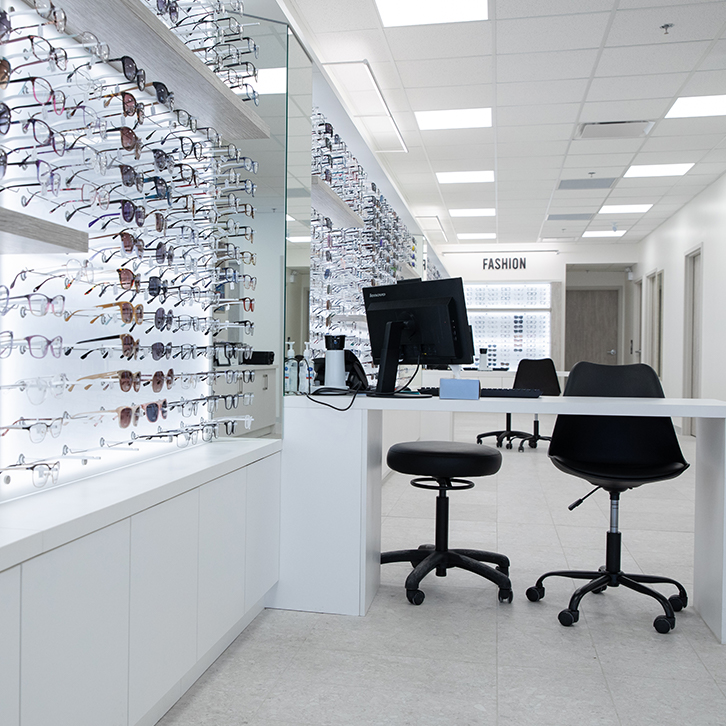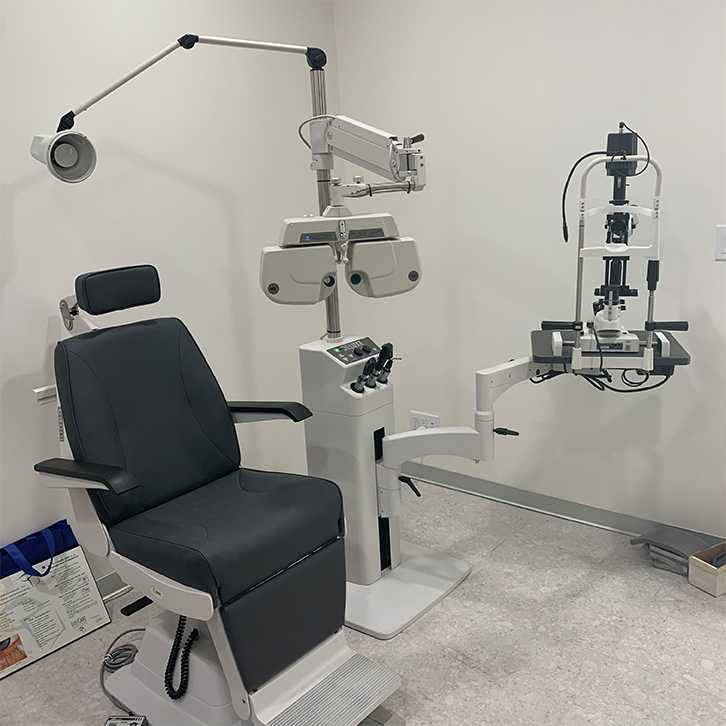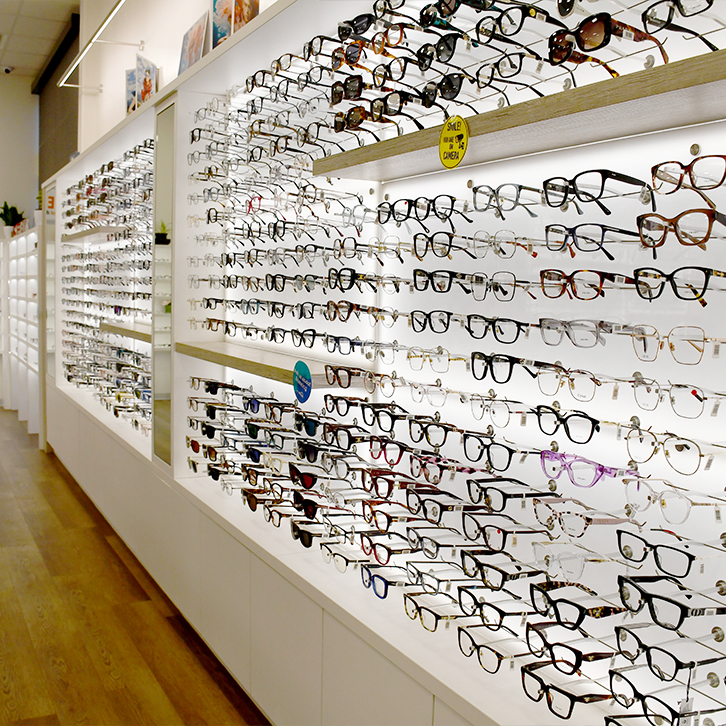Blurry vision can make everyday tasks difficult. Nearsightedness (myopia) and farsightedness (hyperopia) are common refractive errors that blur vision. With myopia, your eyes can focus on nearby objects but not on things that are further away. Hyperopia is the opposite–your eyes can focus on distant objects but have difficulty seeing up close.
These refractive errors can develop early on in childhood and cause learning difficulties for kids. Here’s what you need to know about myopia and hyperopia and how your eye doctor can treat them.
What Is Myopia?
Myopia is a common vision condition affecting nearly 30% of Canadians. Nearsightedness occurs when your eyeball grows too long, or your cornea is too curved. Light rays entering your eye cannot reach your retina but rather focus in front of it.
Myopia symptoms can include headaches, squinting, eye strain, and fatigue. A person with myopia may experience difficulty focusing on whiteboards, TV screens, and other distant objects. Studies predict that 50% of the world’s population will develop myopia by 2050.
What Is Hyperopia?
Many people experience varying degrees of hyperopia without even knowing it. It can develop due to hereditary or environmental factors. Farsightedness can develop if your eyeballs are too short or aren’t curved enough. Light entering your eye will then focus behind the retina, causing a blurry image.
If you are farsighted, your eyes work hard to focus during distance vision and even harder to see close objects. Headaches, blurry vision, eyestrain, and fatigue after a close-up task can often develop.
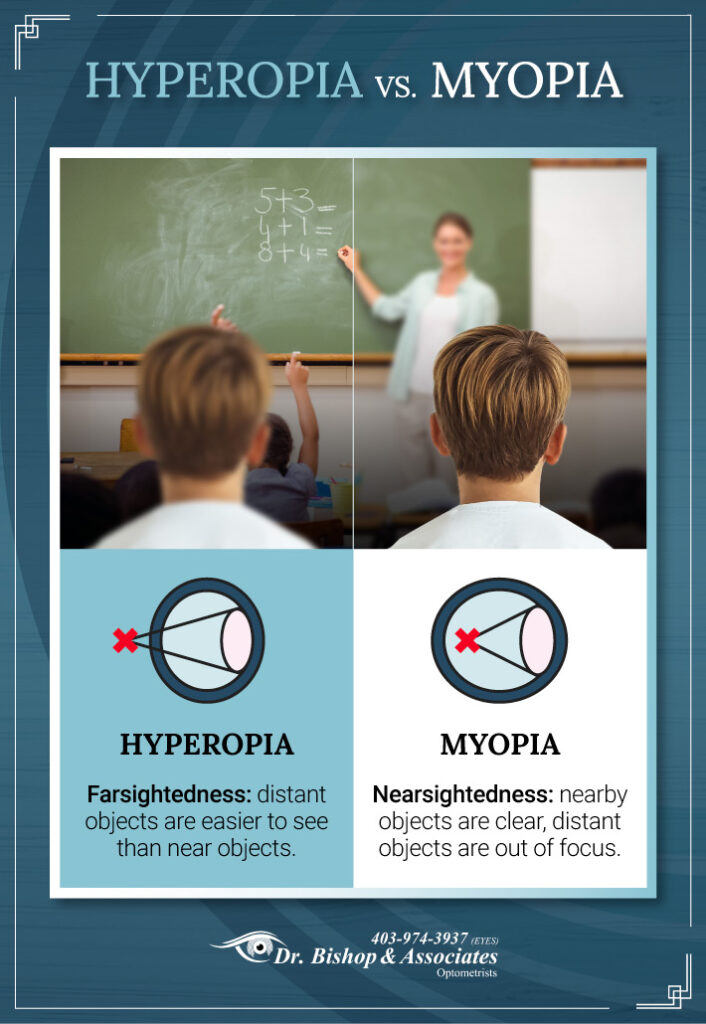
How Do Myopia & Hyperopia Affect Children?
Myopia is a common refractive error seen in children. Typically, nearsightedness begins between 6-14 but can develop sooner. These symptoms are often first noticed in learning environments. If your child is squinting, sitting closer to the TV or the front of the class, unaware of distant objects, blinking, or rubbing their eyes excessively, they may be dealing with myopia.
If your child avoids reading, it could be a sign of hyperopia. Concentrating on close-up tasks can be difficult for children with hyperopia and can result in delayed learning. Hyperopia can sometimes lead to other visual complications, including lazy eye and eye misalignment.
Some common effects of refractive errors in children include:
- Depth perception issues during sports, such as consistently hitting the basketball rim or a delayed baseball swing.
- Losing their place while reading or using a finger to track where they are on the page.
- Sitting too close to the television or watching with a tilted head or one eye closed.
- Avoiding computer use due to eye discomfort.
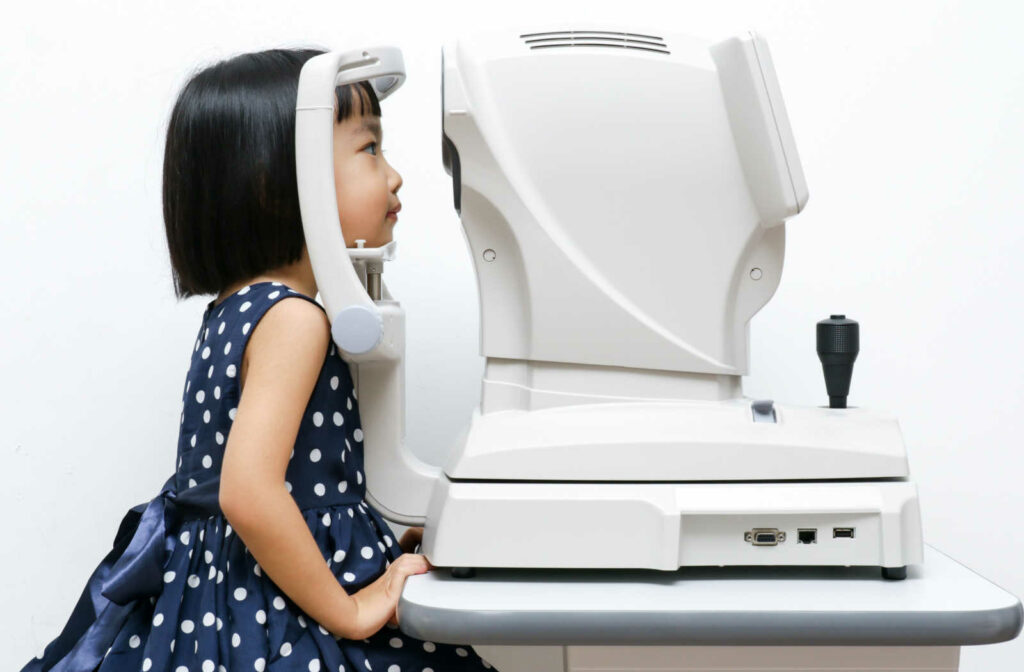
Diagnosis & Treatment
Your optometrist can diagnose both myopia and hyperopia during a basic eye exam. Myopia gets progressively more severe over time, resulting in a heavy eye prescription by the time your child reaches adulthood. If you or your child are nearsighted, glasses or contact lenses may be recommended.
Not all cases of farsightedness need treatment, but your doctor may recommend glasses for reading and computer use. More severe cases of hyperopia could warrant full-time glasses or contact lens use.
Myopia Management
Myopia management can help slow the progression of nearsightedness by reducing eye strain that commonly occurs during close work. While these measures can’t cure myopia, they can prevent the need for a much stronger prescription later in life.
Your optometrist may recommend a specialized pair of glasses, contact lenses, or eye drops based on your unique myopia needs. These options can correct vision and help reshape the cornea. Developing a healthy routine can also help slow the progression of myopia. Spending time outdoors, eating a nutrient-rich diet, and taking regular breaks during close work can all help your eyes. If you have myopia, your glasses or contacts prescription will be a negative number. If you have hyperopia, it will be a positive number.
Eye Exams Can Help
Regular eye examinations can help your doctor identify myopia or hyperopia in you or your child.
Children should get their first eye exam between the ages of 6 to 9 months. Annual eye exams are recommended after that. Kids rely on their eyes to learn at school, so yearly comprehensive examinations are essential for their development. Adults over the age of 25 are recommended to book a comprehensive eye exam every year as well.
Get Started Today
Identifying refractive errors in your eyes is essential to treatment and management. Book an eye exam with Dr. Bishop & Associates, and our team can assess you and your child’s eyes for the early signs of myopia and hyperopia.

